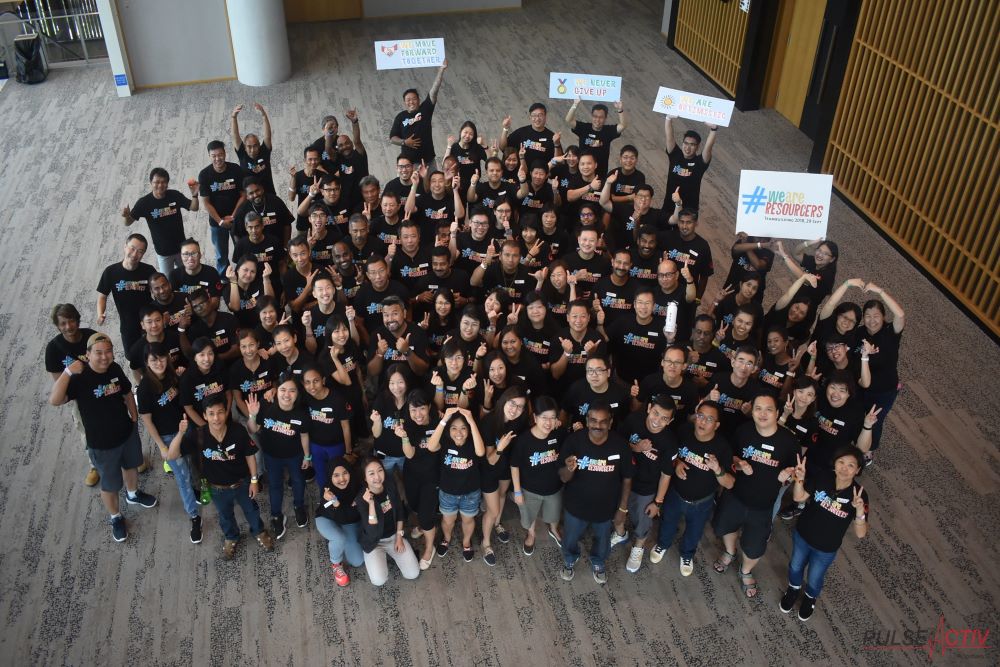Strategies for HR to Address and Prevent a Toxic Work Environment
Addressing and preventing a toxic work environment is crucial for maintaining a healthy, productive workplace. Human Resources (HR) professionals play a pivotal role in implementing strategies to foster a positive work culture and mitigate the impact of toxic behaviors. This article outlines effective strategies that HR can employ to address and prevent a toxic work environment, ensuring a supportive and productive atmosphere for all employees.
1. Foster Open Communication
Encourage Transparency: Promote open communication channels where employees feel safe to express their concerns and feedback. Regularly scheduled meetings, anonymous feedback systems, and open-door policies can help facilitate this.
Address Issues Promptly: Act on employee feedback and address issues as they arise. Delayed or ignored concerns can escalate problems and contribute to a toxic environment. HR should ensure that there is a clear process for reporting and resolving issues, and that employees are aware of how to use it.
Promote Active Listening: Train managers and leaders to practice active listening. This means fully engaging with employees when they share their concerns and demonstrating understanding and empathy.
2. Develop and Promote a Positive Organizational Culture
Define Core Values: Clearly define and communicate the organization’s core values. Ensure that these values emphasize respect, collaboration, and inclusivity. HR should integrate these values into all aspects of the workplace, from hiring practices to performance evaluations.
Lead by Example: Leaders and managers should model the behavior expected of employees. Demonstrating respect, fairness, and positive interaction sets a tone for the rest of the organization.
Recognize and Reward Positive Behavior: Implement a recognition program to celebrate employees who exemplify positive behavior and contribute to a healthy work environment. Recognition can be formal, such as awards and bonuses, or informal, such as public praise.
3. Implement Clear Policies and Procedures
Establish Anti-Harassment and Anti-Discrimination Policies: Develop comprehensive policies addressing harassment, discrimination, and bullying. Ensure these policies are communicated clearly to all employees and included in the employee handbook.
Create a Fair Disciplinary Process: Implement a clear and fair disciplinary process for addressing violations of company policies. Ensure that the process is consistently applied and that employees understand the consequences of toxic behavior.
Provide Training and Education: Regularly train employees and managers on company policies, ethical behavior, and how to handle conflicts. Training should include information on recognizing and reporting harassment and discrimination.
4. Support Employee Well-Being
Offer Wellness Programs: Provide access to wellness programs that support physical and mental health. These might include stress management workshops, counseling services, and wellness challenges.
Promote Work-Life Balance: Encourage a healthy work-life balance by offering flexible work arrangements, such as remote work options and flexible hours. Supporting employees’ needs outside of work can reduce stress and improve overall job satisfaction.
Monitor Workloads: Ensure that workloads are manageable and that employees are not being overburdened. Regularly review workloads and make adjustments as necessary to prevent burnout.
5. Provide Effective Conflict Resolution
Implement Conflict Resolution Training: Train managers and employees in conflict resolution techniques. This training should cover how to address conflicts constructively and how to mediate disputes.
Establish a Mediation Process: Create a structured process for mediating conflicts between employees. HR should be involved in facilitating these discussions to ensure that conflicts are resolved fairly and respectfully.
Encourage Team-Building Activities: Promote team-building activities that foster collaboration and improve interpersonal relationships. These activities can help build trust and improve team dynamics.
6. Regularly Assess and Improve the Work Environment
Conduct Employee Surveys: Regularly survey employees to gauge their satisfaction and identify potential issues. Surveys can provide valuable insights into areas that may need improvement.
Analyze Metrics: Track key metrics such as turnover rates, absenteeism, and employee engagement levels. Analyzing these metrics can help identify trends and areas of concern related to the work environment.
Act on Feedback: Use the data collected from surveys and metrics to make informed decisions about changes or improvements needed in the work environment. Communicate these changes to employees and demonstrate a commitment to addressing their concerns.
7. Ensure Leadership Accountability
Evaluate Leadership Practices: Regularly assess the effectiveness of leadership practices and their impact on the work environment. Solicit feedback from employees about their experiences with leadership and make necessary adjustments.
Provide Leadership Development: Offer ongoing development opportunities for leaders to enhance their skills in managing and supporting their teams. Effective leadership is crucial for fostering a positive work environment.
Hold Leaders Accountable: Ensure that leaders are held accountable for their actions and behaviors. Address any issues related to leadership conduct promptly and fairly.
Conclusion
Addressing and preventing a toxic work environment requires a proactive and multifaceted approach. HR professionals play a critical role in fostering open communication, developing a positive culture, implementing clear policies, supporting employee well-being, and providing effective conflict resolution. By regularly assessing the work environment and holding leadership accountable, HR can create a supportive atmosphere that promotes employee satisfaction, productivity, and overall organizational success.
To head back to read another article in our blog, click here.

